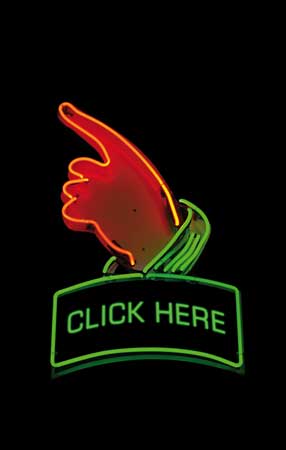Creating a workplace that works
Under-staffed and over-worked – does that sum up your workplace? Hiring more people may not be the answer; perhaps it’s time to restructure your human resources.
| Under-staffed and over-worked – does that sum up your workplace? Hiring more people may not be the answer; perhaps it’s time to restructure your human resources. Many New Zealand companies feel they’re in a Catch 22 situation (by definition a ‘no win’ position) because they’re caught between ‘waiting’ for the recession to recede, and the demands of overworked staff wanting more personnel now. However, there may be a way to position the company for growth and relieve workforce stress without taking on extra people right at this moment. “The under-staffed complaint is a common one, particularly in businesses that have experienced such rapid natural growth that they haven’t had time to structure themselves efficiently,” says Angeline Long, MD of EK Executive Solutions. “Fortunately the fix is relatively painless – more so than taking on extra people to fill a gap that probably doesn’t need filling.” Allco Agencies, based on Auckland’s North Shore is a good example of a successful, growing company which recently dealt with a similar problem. Director Alex Valentine says Allco Agencies had enjoyed good natural growth but it wasn’t long before staff were complaining that they were stressed and overworked. “The obvious solution was to employ more people, but we wanted to be smarter than that and to explore other possible solutions,” says Valentine. Long says that unlike Valentine, many business owners don’t recognise that most of their problems are probably structural, and employing new people may only exacerbate the problem. “We sat down with Alex’s team and worked with them to produce job descriptions. They then self-monitored their work for a few days. Far from the World War Three that Alex expected, we got very good buy-in from the staff. “We also asked them what they liked doing, and what they didn’t like. Sure enough, there was crossover; so we swapped some tasks and rewrote the job descriptions. The staff went from being totally stressed-out to happy and efficient – because suddenly they were doing more of what they loved doing.” There comes a time when a business has to put structure in place to enable profitable growth, but there’s more to it than job descriptions, says Long. “While companies grow, they seldom grow efficiently. Usually little thought is put into guidelines for staff behaviour; from no-smoking in the company vehicle to staff feedback. This makes it difficult for new staff who will generally take their cue from existing people, which is far from ideal.” The result can be lost productivity, conflict and office politics as people bicker over their areas of responsibility. The outcome is frustration, job dissatisfaction and absenteeism. “Human resource structures underpin the functionality of a business, which is people. HR positions the company for the future. As we begin to emerge from the recession this year, it’s important that a company has its people primed and ready to grow efficiently and profitably,” says Long. |
She identifies five essential pillars of HR structure:
|




